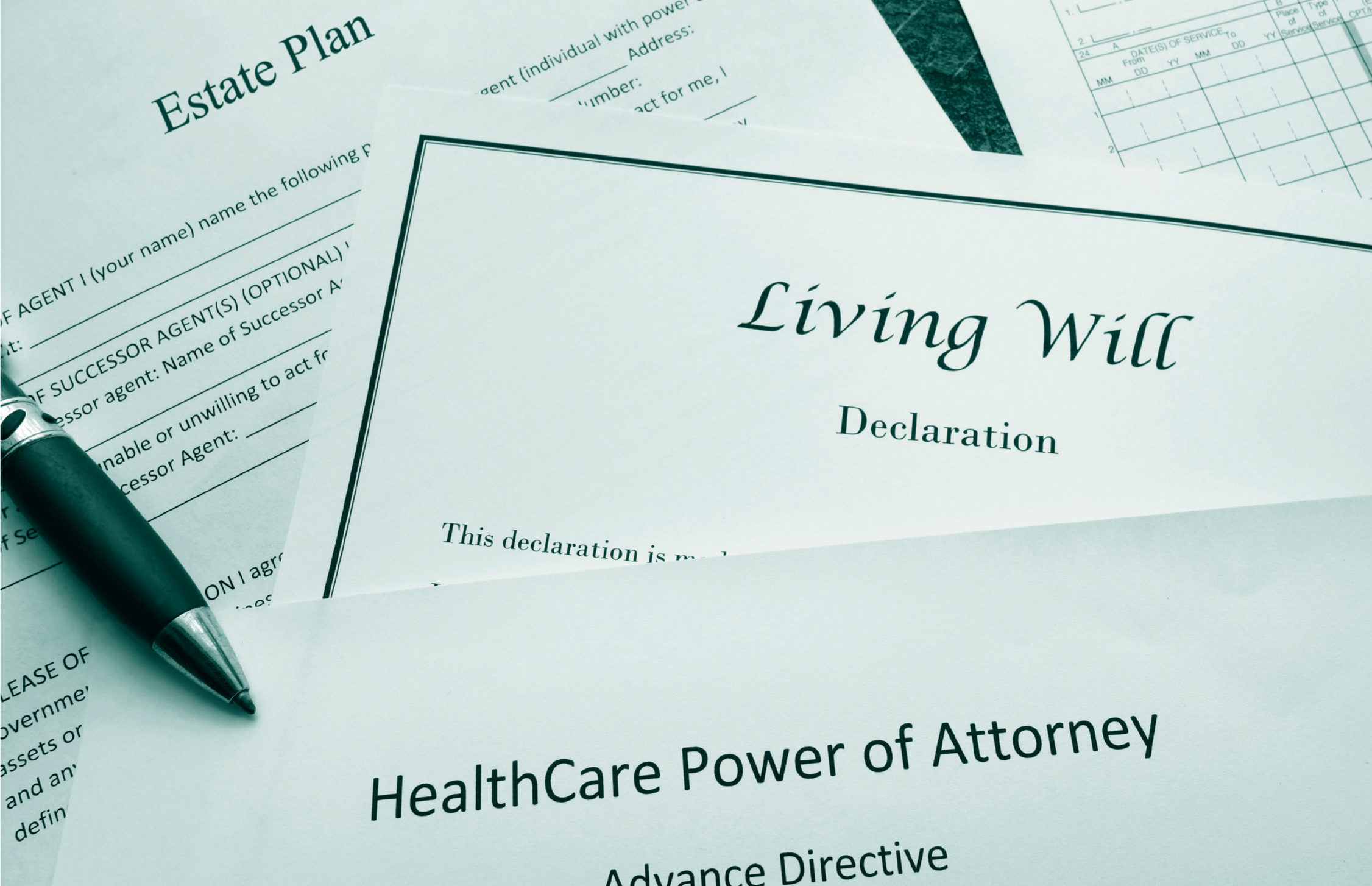Preparing for a Better End – Expert lessons on Death and Dying for You and Your Loves Ones by Dan and Shelley Morhaim is very different from any of the books I have previously reviewed or even read. In fact, I suspect it is very different from any book your average paramedic has read in their quest to learn more about paramedic practice or more specifically palliative or end-of-life care.
Firstly, this book is not specifically targeted at paramedics—but rather has a wide target audience including health professionals and members of the public, who have an interest or unanswered questions surrounding end-of-life decision-making or advanced care planning. While Dan Morhaim is an emergency medicine physician and former United States (US) state legislator, his co-author and wife Shelley Morhaim is a therapeutic music practitioner for hospital patients. Their combined experience has allowed them to produce an excellent resource outlining the medical, legal and financial issues surrounding end-of-life care, while offering hope, empowerment and inspiration regarding end-of-life care decisions.
This book is the second publication from Dan Morhaim on the topic of end-of-life decision-making following the publication of his first book The Better End in 2011. The current book describes itself as a practical guidebook and seeks to address the overarching theme of advanced care planning for end of life, which as Dan Morhaim rightly points out will be faced by all of us at some point—we just don't know the time or the manner. Within this book, you will find reflections upon a number of timely topics, such as advanced directives, what to expect from palliative and hospital care, assisted suicide and assisted dying, dementia at the end of life, medication during palliative care and organ donation. Throughout the book, we are introduced to a variety of real-life patient stories which really bring to life the many issues touched upon by the authors. Most impactful for me was the story of Dan Morhaim's own encounter with emergency medical services when experiencing a sudden onset of cardiac chest pain and subsequent diagnosis of an acute anterior myocardial infarction. However, readers that are looking specifically for clear instructions or guidelines on topics such as the symptoms and management of palliative care emergencies, would be better placed to look at Palliative end of life care for paramedics edited by Tania Blackmore in 2020.
It is important to point out that the stories in this book and much of the guidance surrounding these stories are set within the American healthcare system; therefore, some of the legal and financial discussions, as well as the provided templates for advanced directives are somewhat lost on a UK reader. I use the word ‘somewhat’, as I do think viewing templates for advanced directives and thinking through the issues raised are universally important, even if UK-based readers will subsequently have to locate local versions of these forms should they wish to complete them.
Another of the very timely aspects discussed in the book is the idea of inequalities, in the context of hearing about advanced directives and the link to wider health inequalities. Of course, this does not just apply to the US setting and this serves as a good reminder that, as paramedics, we may be perfectly placed to have discussions about advanced directives with people who may not encounter many other health professionals or have access to resources like this wonderful book.
The section on end-of-life pharmaceuticals went beyond the description of what drugs to give when, and rather opened my eyes more generally to the provision of narcotics, opioids and cannabinoids, as well as the associated stigma of addiction. As a researcher, I also liked that the book included up-to-date references, including primary research studies conducted by Dan Morhaim himself.
Towards the end of the book, Dan Morhaim states that most health providers he knows who work in emergency or critical care medicine have completed an advanced directive. This statement has made me think not only about my own advanced care planning but also about younger patients I encounter. As paramedics and emergency medical technicians, we often encounter do not attempt resuscitation orders (DNARs) for elderly patients or those with chronic comorbidities. Whether it is ensuring that we are taking the form with the patient to hospital, inspecting the form when making time-critical decisions about initiating or continuing resuscitation, having general conversations with patients about DNARs or even directly contacting another health professional to arrange the drafting of a DNAR. However, we are also familiar with dealing with death in the absence of DNARs—whether those patients are young or elderly, previously healthy or suffering from chronic conditions, surrounded by friends and family or all alone. For me, the unique take-away from this book that approaches decision-making at the end of life so differently to many traditional textbooks, is the idea that having advanced decisions in place could make those situations easier for patients' families, health professionals and maybe even for prehospital clinicians. While I fairly frequently have end-of-life care discussions with elderly patients and their relatives, I cannot say that I have ever mentioned it to young people. Maybe some would say that is not our place—however, if we take the message of this book to heart, we should really be encouraging ourselves, our families, our friends and patients of any age and circumstance to think about and plan for their end of life; after all: ‘We don't know the time or the manner, but we know that one day death will come for us’. (p.1)


